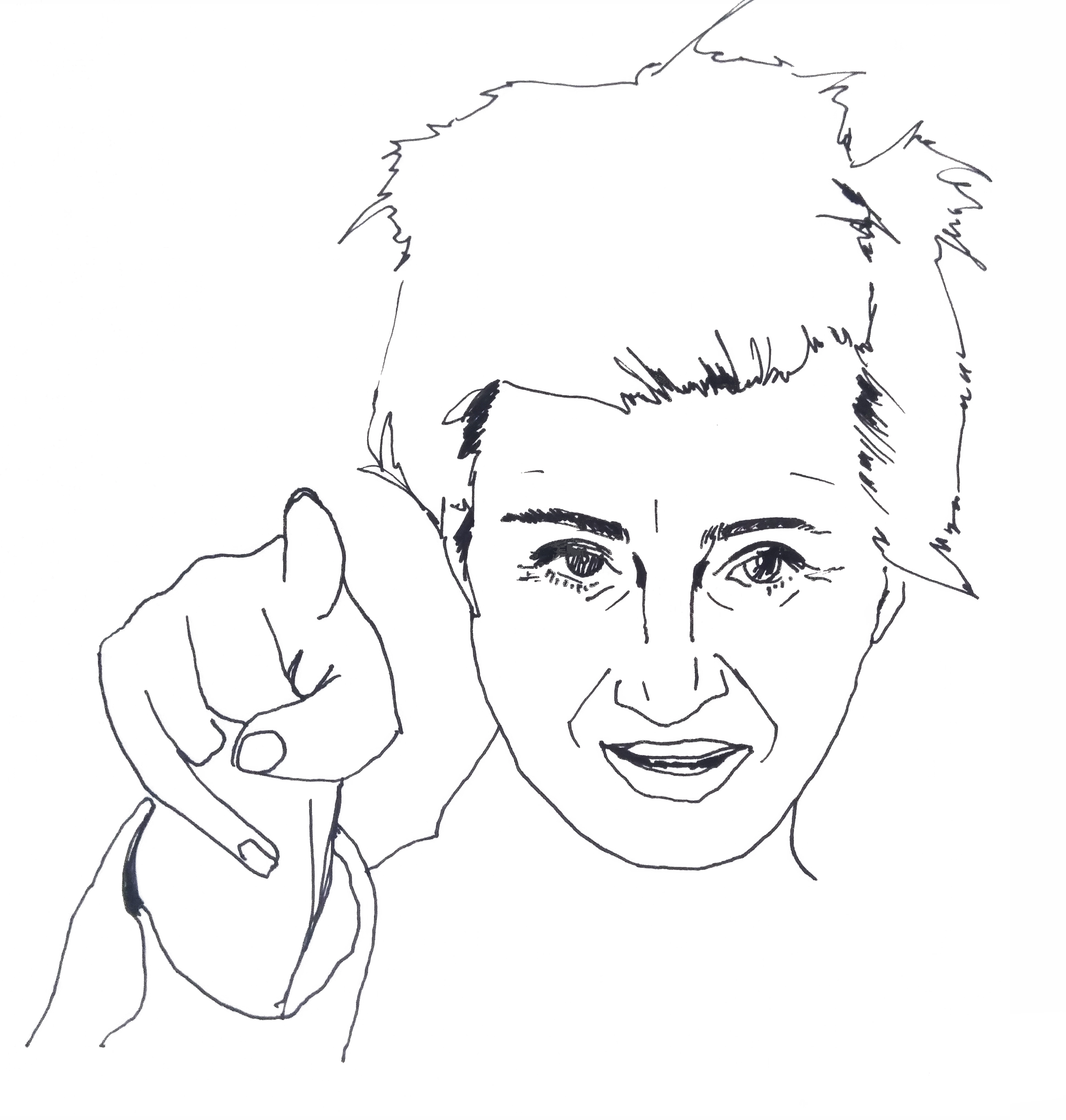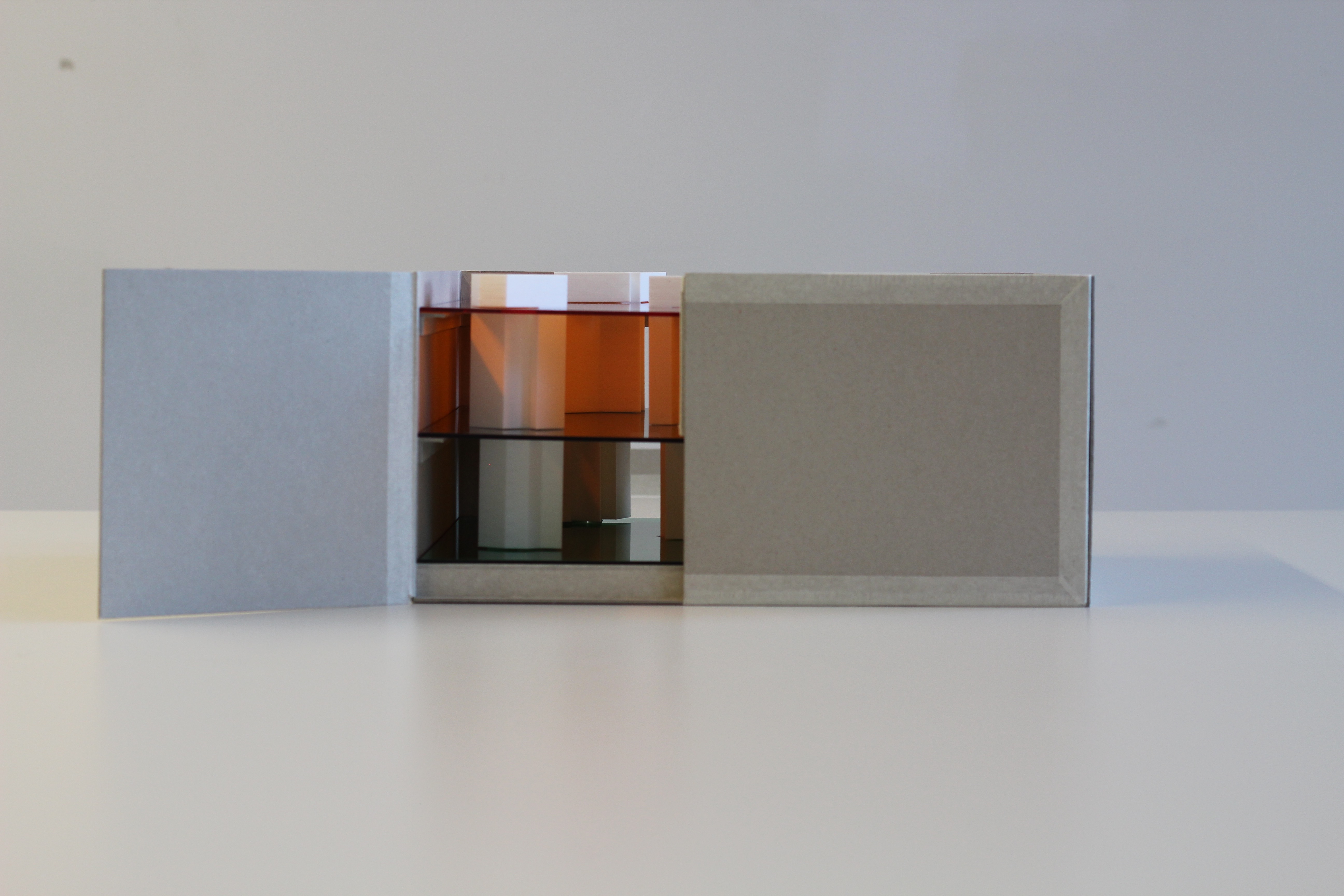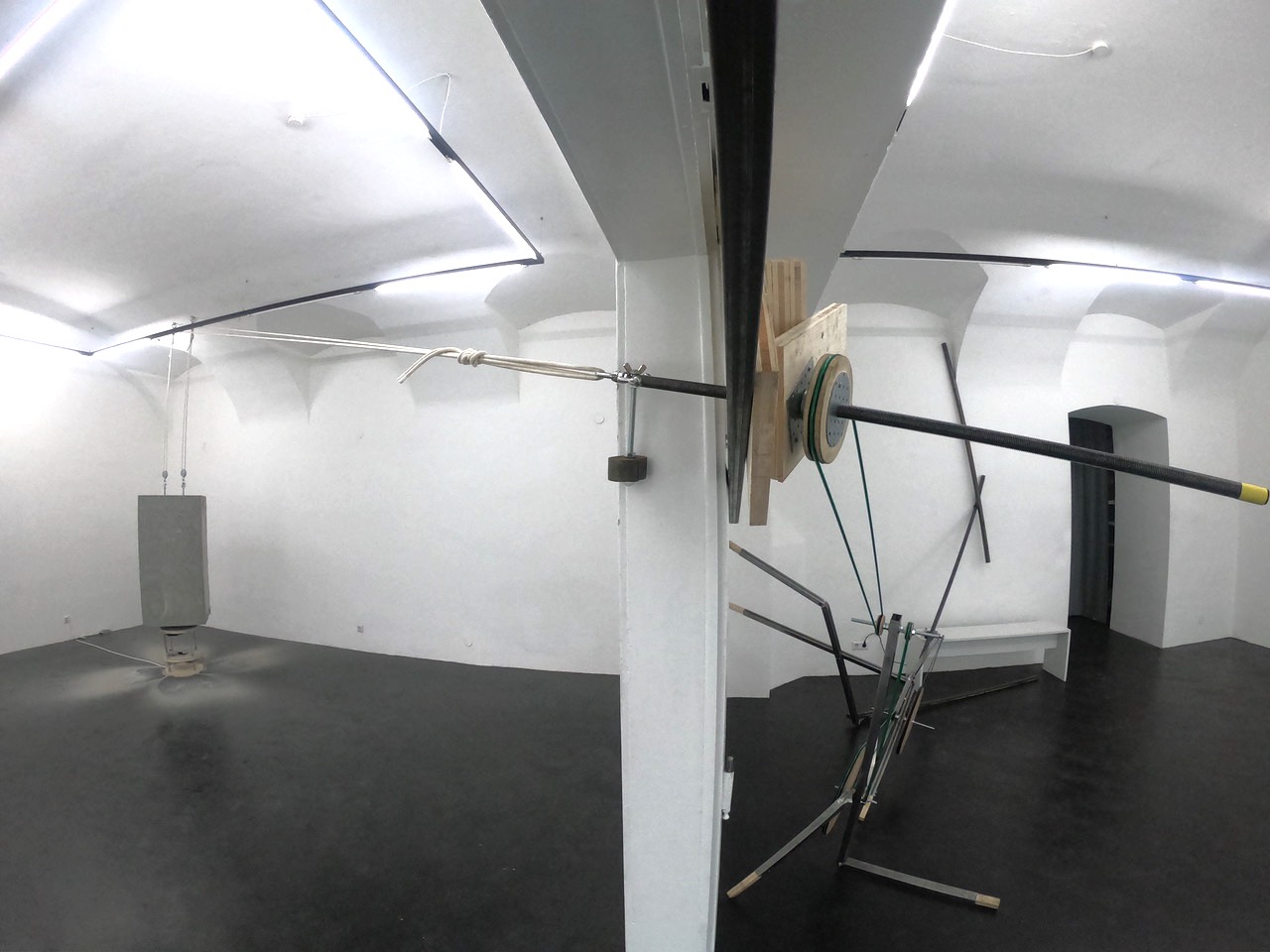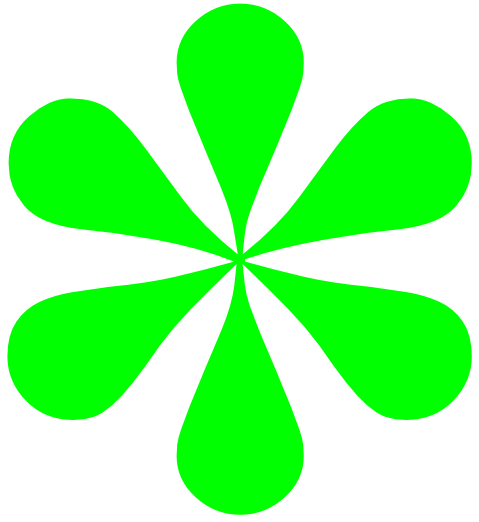INGRID COGNE
“In order to
“In order to
create
magic
magic
one has to be
![]()

present.”
#ARTS-BASED RESEARCH #BODY #INSTALLATION #LANGUAGE #PERFORMANCE #SCULPTURE #SPACE
BIO. Ingrid Cogne, PhD. (1977, FR) is an artist,
facilitator, and scholar, working across choreography, visual arts and academia. Cogne uses choreography as a way to create
movement and suspension, circulation and time, positioning and displacement in
relation to Economy, Knowledge, Work, and Individuals. Her work problematizes
the dramaturgy of (existing or created) situations. With soft provocation for
movement in representations and structures, Cogne likes to shake and shift
perceptions, projections, and perspectives. Cogne conceptualizes artworks in the form of sculptural articulated objects in movement, sxpanded choreographies, as well as arts-based research projects.

WORK (2015 AT)
Three immaterial artworks mediated by a printed booklet
With WORK, I occupy and appropriate a site and I invite the spectactor(s) to appropriate my work. WORK cannot exist without someone projecting it.
The rooms are not empty. They are architectural containers. The sites have presences and energies. The rooms are blank spaces. WORK is an invitation to the experimentation of immaterial and invisible works. To facilitate the materialization of my work I use the medium of booklets. They are both the activators and the material traces of WORK.
Between storytelling and score, each booklet is an open door to translation. It implies an appropriation of the words. WORK is an artwork where the words substitute the works. The collective and personal stories and perceptions will coexist within the situation. I believe in that the situation created and WORK will affect the energy of the site with its presence. I consider that an immaterial and invisible work stays in movement.

Object of Communication (2018)
Mixed materials
Object of Communication is a tool, an artwork, and a publication that aims at going further than a book. It is a visualization and materialization of the matrix of the arts-based research project Six Formats.
Object of Communication invites for the mise-en-jeu of its components and the manipulation of their relations. Practical knowledge can unfold and circulate. Its (re)mise-en-jeu (to put at play again and again) creates a play-ground zone of tensions/movements where no given knowledge per se can claim more legitimacy than any other. It is a gesture of preventing any writing and communicating rese-arch strategies to acquire levels of authority that would tend to erase the compli-cated coalitions in which one thinks, communicates, and/or performs whatever is called “knowledge”.
Object of Comunnication was presented at:
Solkatten (Stockholm, 2019),
Galery Situations (New York City, 2018),
Samtidsverket at Stenkrossen (Lund, 2018),
The 13th International Conference on the Arts in Society, Emily Carr University of Art + Design (Vancouver, 2018).
Six Formats was funded by the Austrian Science Fund (FWF, PEEK, AR291-G21).

Photos: © Ingrid Cogne
Pas le temps d’être triste (2019)
Mixed materials
By Ingrid Cogne, Paul Leitner, and Valère Costes
Pas le temps d’être triste (No time to be sad) is a kinetic sculpture that challenges the hierarchy of emotions and brings attention to the dramaturgy of space. Time is approached as an activator to create a space of thinking wherein various circulations of and between multiple elements and parameters take place. With Arrhythmia, dissonance, and displacement a space—for let-it-go, contemplation and immaterial—might appear.
Pas le temps d’être triste creates zones where physical and emotional movements can intertwine within, between, and in-between the explicit, the implicit, and the tacit.
Pas le temps d’être triste is in/of movements searches for temporal zones of spatial hesitation can be a statement, a comment, a goal, a regret calls for dis-, inter-, mis-articulating the processes between automation and emotion.
Pas le temps d’être triste received a project grant from BKA — Arts and Culture Division of the Federal Chancellery of Austria and was exhibited in 2019 at Memphis in Linz.
